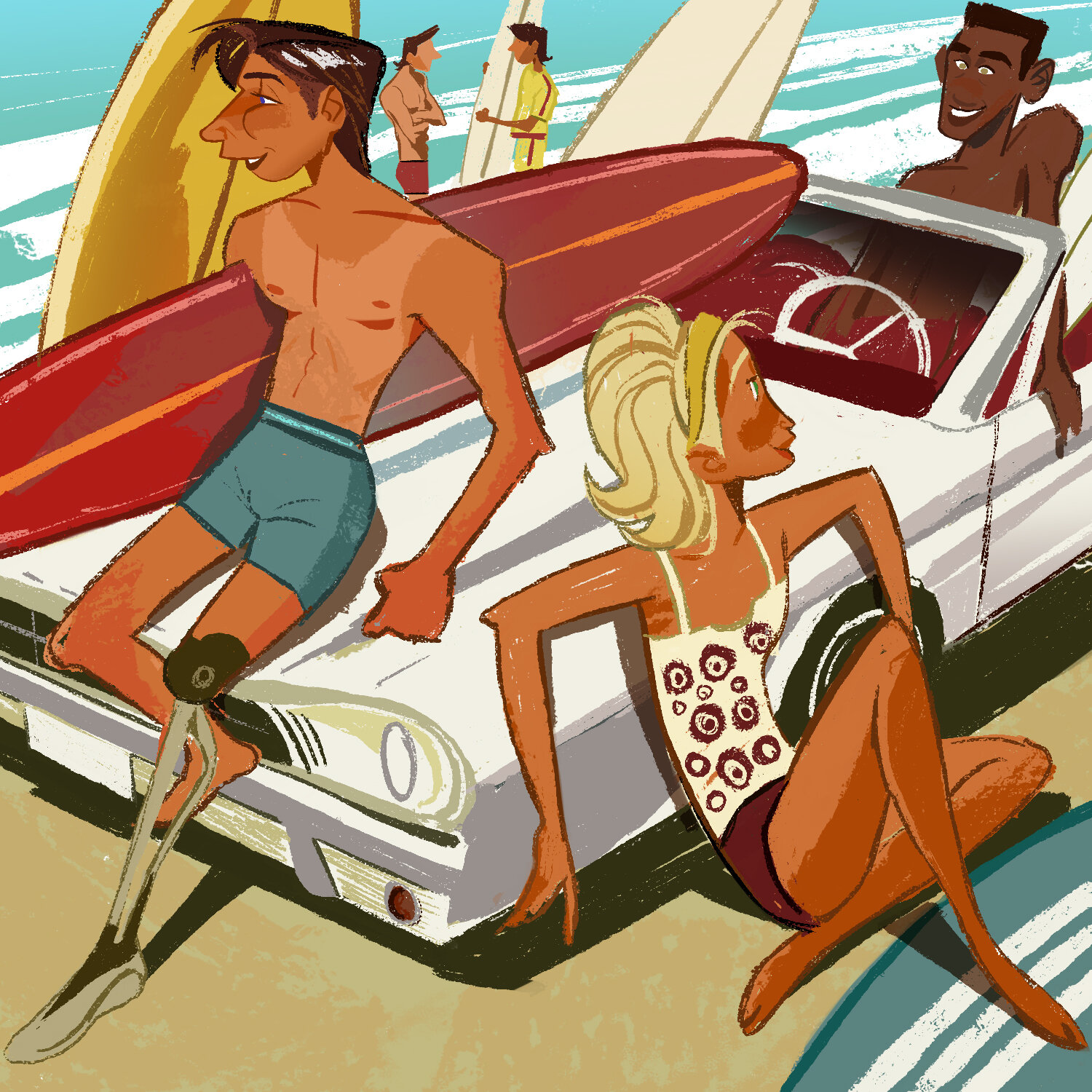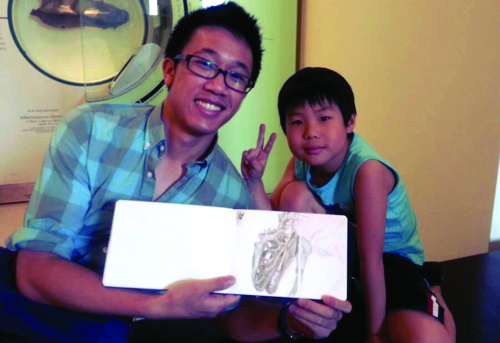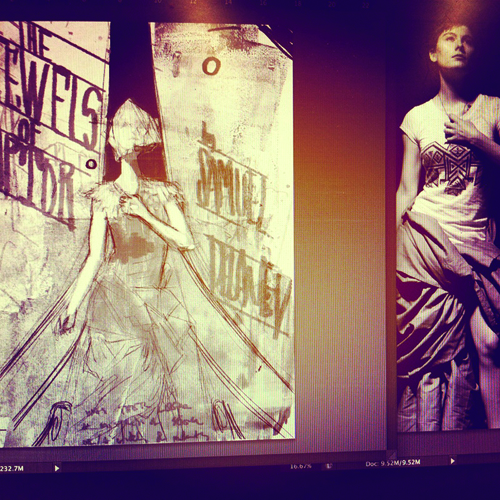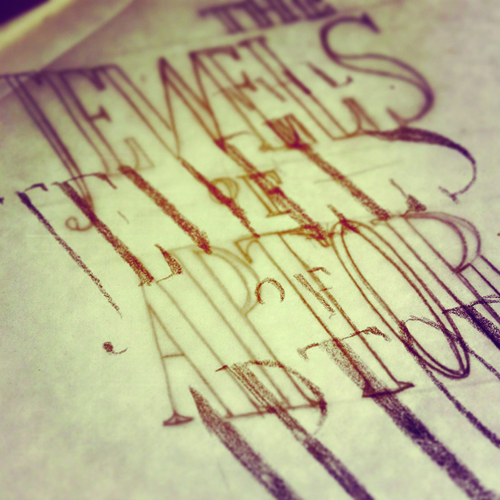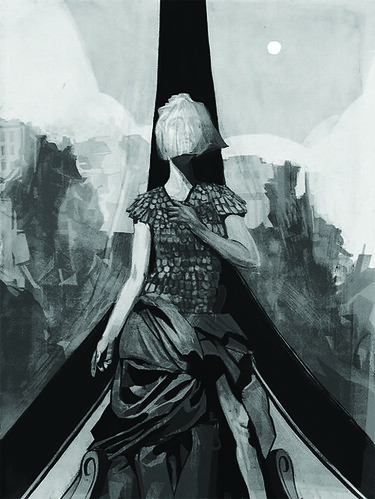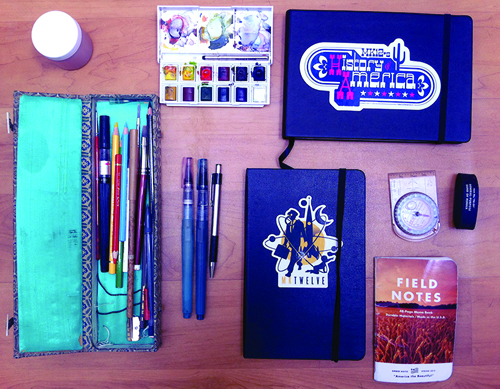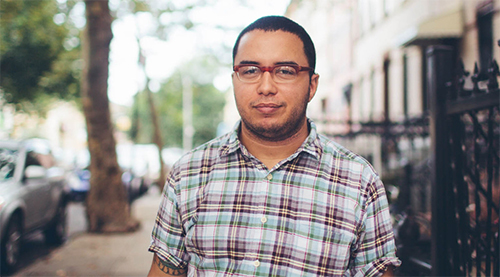Pandora’s Box and the Tomb, our latest exhibitions, opened at Light Grey Art Lab this June. Each show features adventurous, mysterious, and fantastical works centered around the ideas of what might come out of Pandora’s Box, and what might we find hidden in a tomb. These exhibitions are also part of a large-scale international art swap, where each participating artist gets an edition of each other’s works in the mail.
You can view all works in the exhibition on our website! Click here for Pandora’s Box and click here for the Tomb.
Jerry Liu– who also contributed work to our previous project, World Roulette– participated in both art swaps and exhibitions. He is a visual development and character design artist, currently living in Portland with his two cats. We asked Jerry a few questions about his work for the exhibition as well as his personal and professional artworks. Let’s dive in!
Hi Jerry! Tell us about yourself and your artistic practice.
I was born and raised in Sichuan, China. Growing up, I always loved doodling on the wall of my parent's house, and drawing always brought a sense of satisfaction and calmed me down. However, I never considered art as a lifelong career at that time; after all, there’s no artistic gene in my family. But everything changed after I graduated from high school. I started to think about my future, and it’s hard to see myself in a future without creativity. I repeatedly asked myself, where do I see myself in the future. And in the end, I can’t hide my passion for art and animation, so I made a reckless decision to follow my heart to pursue my dream in animation.
In the end, I decided to go to San Francisco and study at the Academy of Art University to study Visual Development, where I met some amazing teachers and inspiring friends. After graduation, I was lucky enough to join LAIKA, where I have always dreamed of ever since I was little. So I packed my packages and moved to Portland. I was so amazed by the talented artists there. When I look back to the bold decision to pursue animation, I’m really glad for that big step.
You participated in both of our recent international artist swaps and exhibitions, Pandora’s Box and the Tomb. Can you tell us more about the works you created for each show?
First of all, this was an amazing experience and I’m so grateful to participate in both exhibitions. Pandora’s Box seems a valuable “present” but also a curse and unexpected troubles, and the story of Pandora’s Box is very poetic to me. John William Waterhouse and Gustav Klimt are some great influences to me; the women and their brush strokes are so dreamy, romantic yet powerful, and this is exactly how I imagine Pandora’s Box. So I wanted to illustrate a version of Pandora that corrects her own mistake and takes her responsibility and seals the box.
I was obsessed with movies that related to the tomb, it’s thrilling, adventurous, and mysterious, so I just naturally drew to this exhibition. I love drawing on Photoshop, but there’s some traditional artwork charm that harder to show in digital artwork, such as rough texture and flaw. But imperfection makes it perfect, and I just want to include that in my artwork as well, so I added some texture to show gold leaf effect. And the result is far better than I expected.
What things outside art help shape your artistic practice? Hobbies, quotes, books, places?
I love taking a walk after dinner and exploring different neighborhoods, and since I moved to Portland, I started hiking with my friends, and it’s always helpful just go out and see the world. Things inspire me anytime and anywhere– it can be some kids’ chalk doodles on the path, or light shining through the forest and casting some random spot, or an ancient object from a local museum.
What drew you into the field of visual development?
I love cartoons and films, and I love the creative world that is beyond our reality. And I watched a lot of animations and every time, I just can’t stop thinking of the artists behind those genius works. Animation has countless possibilities and creativities– those imaginary worlds gave me whole new perspectives and visions. So after high school, I decided to study what I have been passionate about, so I went to San Francisco to study animations. At first, I got to learn both animation and visual development, and in the end, I just knew that I’m more drawn to design and to be creative, so I decided to focus on Visual Development.
What plans do you have for your work in the future? Any upcoming projects coming that you can speak about?
I think people are my favorite things to draw; I’d love to create more memorable character designs and tell a good story. And besides studio work, I’m always trying to improve my character design, and soon, I will publish an art book in China, called “Drawings From Saturday”. It’s a book that included most of the drawings I did in my spare time or after work. The book is more like a combination of doodles and polished work, because I used to get upset easily over some crappy drawings, and my friend told me don’t get stressed out about imperfection and don’t get overly protective about the drawing, and just keep drawing, art is a journey not a goal, so just enjoy the present and be creative. So I just want to deliver the same idea in this art book.
What is your workspace like? What about your space creates a good environment for your practice?
My workspace is very minimal– Mac, tablet, notebook, and some art prints on the wall. I get distracted easily if I have too much thing going on, so I always try to keep my workspace neat and clean. So I can be more focused. But I recently find some cool plants, maybe I will get some in my workspace, haha.
What advice would you give to an artist who is dealing with artist block?
I think art block is hard for everyone; I often ask my friends and seems like everyone has a different approach. Personally, I will go look at the different art forms, such as photography, floral arrangement, or just go Pinterest and browse random stuff and get inspired. Practicing gesture drawing is something I do often during art block, I will just use the cheapest printing paper and just doodle stuff, sometimes a good film will be a boost to inspire me to draw. I think the most important thing is not stressing out in art block, just enjoy what you like and find something that inspires you.
In your own experience, what are the characteristics of a good artist?
I think art is very subjective, and art comes in different forms, and various expressions. It’s hard to say for each artistic approach. But as a visual development artist, I think a solid foundation, a good understanding of the pipeline, and good teamwork. Animation is teamwork and as part of the team, being good at cooperating, taking feedback, and fixing it is very important.
Where can people find more of your work?
You can find my works on my Twitter, Instagram, and website!
Thanks, Jerry! Best of luck on your work and future projects!





